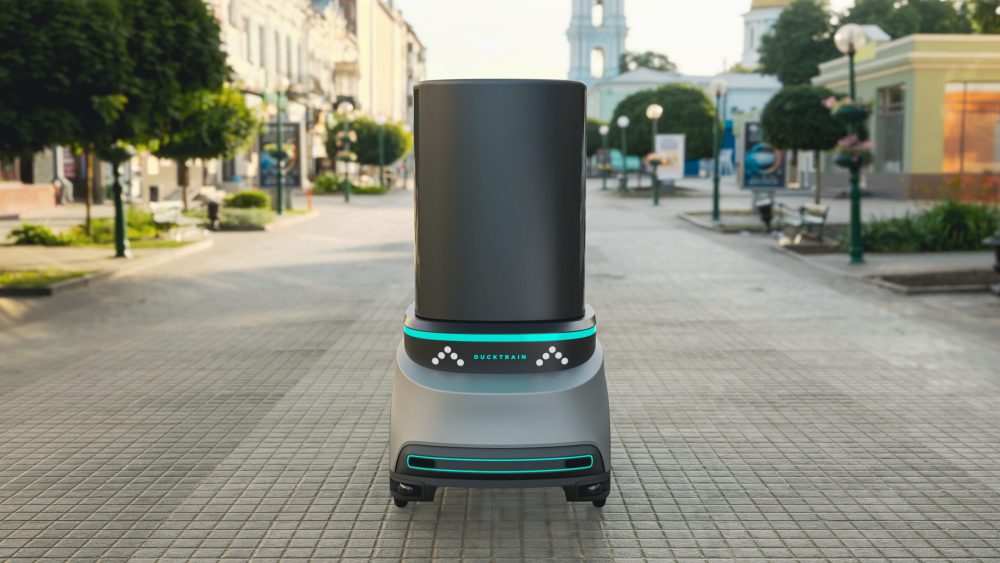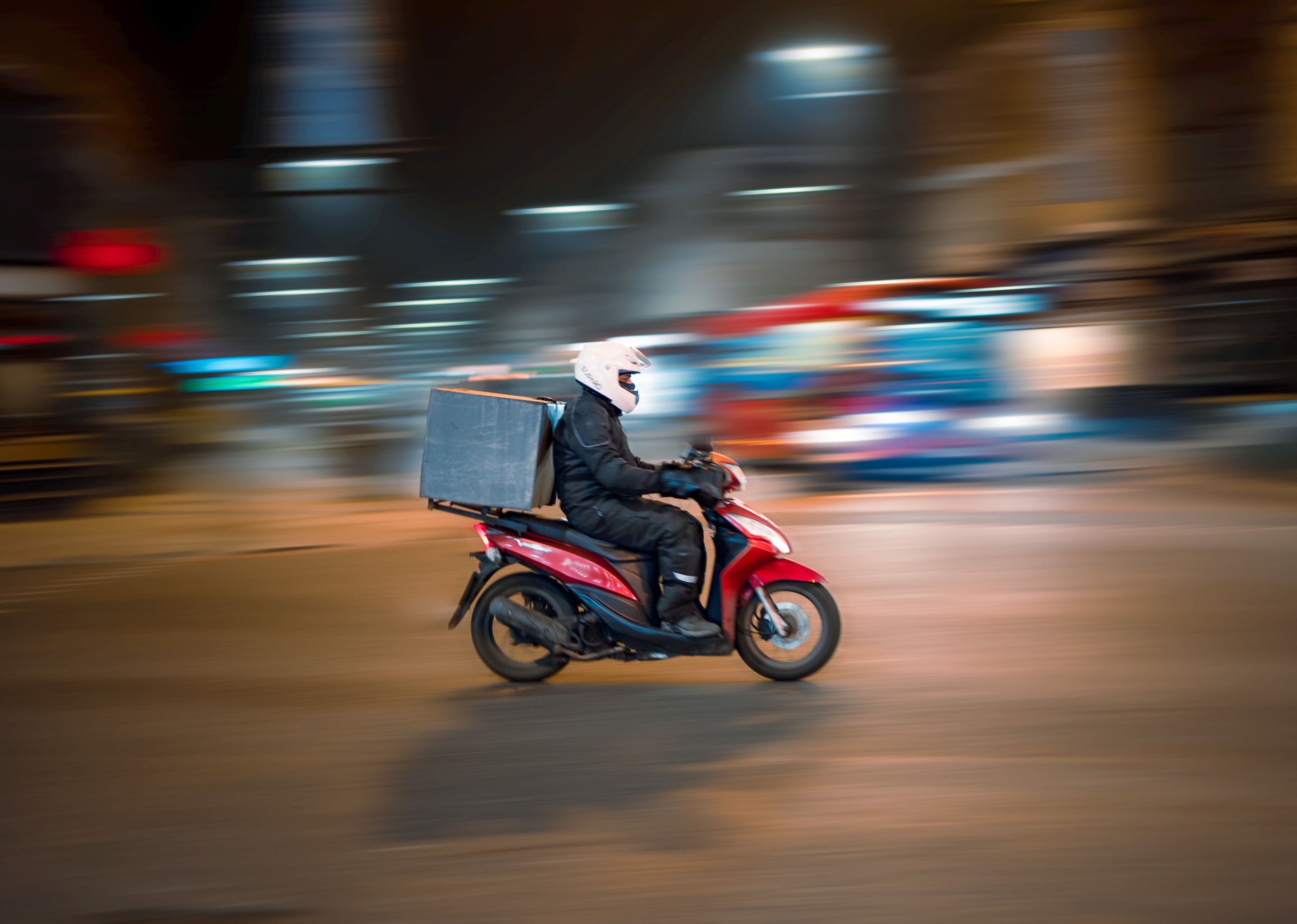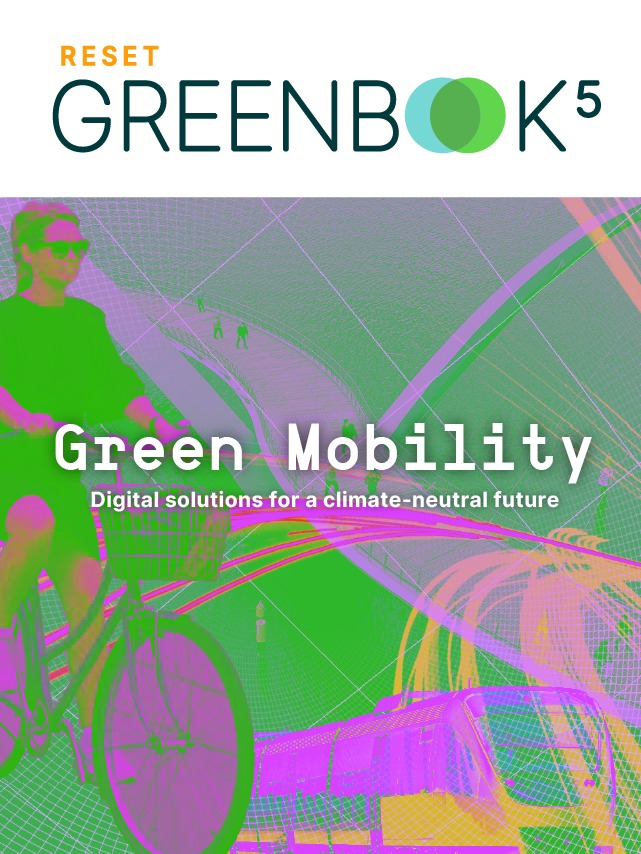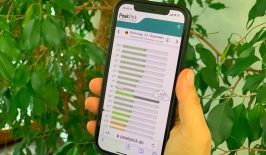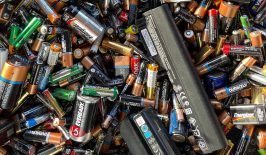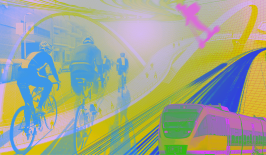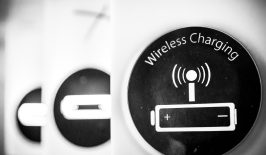“Imagine living in a city where the streets are not filled by bulky delivery trucks polluting the air, but small and smart vehicles in a row.”
This is the utopian future conceptualised by Aachen-based logistics start-up, Ducktrain. Their zero-emissions urban logistics solution is set to modernise the way we transport goods through the use of smaller, compact vehicles that are better suited to our streets.
Ducktrain’s simple yet innovative solution to the gas-guzzling lorries and vans that pollute our urban areas and congest our roads is a fleet of modern electric vehicles that look somewhere between a trailer and a Smart car. Nippier than vans due to their small size (a metre across and just over double that in length), they are able to navigate busy streets and to their final destination without having to park up or enlist an extra form of “last mile” transportation.
In reality, the last one to three miles, the term “last mile” transportation is worth defining quickly. It involves the delivery of goods from e.g. supermarkets, grocery stores and restaurants to the hands of the consumer. For example, if you order shopping online, it’s your lettuce’s last leg of the journey — from the depot or supermarket to your front door. While other elements of the delivery and logistics industry are concerned with longer distance domestic and international delivery, last-mile deliveries are only concerned with that last stage. While it may sound short, last-mile transportation is actually one of the biggest contributors to global carbon emissions, as well as a big polluter in our urban areas.
Green Mobility – Digital solutions for a climate-neutral future
Autonomous vehicles, e-mobility, AI-controlled traffic planning, new modes for moving from A to B — what will the mobility of tomorrow look like?
We present the digital solutions being proposed for climate-neutral transport and logistics and discuss the new challenges of “digital mobility” in this dedicated special feature.
Due to their high loading volume (a single “Duck” carries up to 300 kilograms and a whole “Ducktrain” 1.5 tons), they don’t need to be reloaded as frequently as forms of transport which traditionally take last mile transportation duties. Even eco versions of last-mile transportation such as cargo bikes rely on cost-intensive inner-city logistics facilities, however, Ducktrain solves this issue by allowing each Duck to take a larger number of deliveries.
A single Duck is versatile enough to drive on the road, bicycle lanes and even the pavement. The standard Trailer Duck can be attached to the back of a bicycle and towed with the use of a smart and forceless drawbar which detects acceleration and braking and controls the Trailer Duck, meaning no extra effort for the driver. Or, the Ducks can be combined to drive in a single file formation, like a raft of ducks (hence the name Ducktrain). These can then split up at any time to complete separate routes. They are agile enough to move 360° and by 2025, could be fully autonomous.
Taking steps to make logistics more sustainable is essential as we move ever closer to our 2030 deadline of carbon neutrality. According to the European Mobility Atlas 2021, “sustainable transport and mobility are key to tackling the climate crisis and achieving the targets of the European Green Deal”, but this is not without its problems.
The scale of the issue itself makes it at once a promising, but deeply challenging sector to tackle. “Transport today accounts for nearly 30 percent of the CO₂ emissions within the European Union” and, what’s worse, this is predicted to rise. According to the World Economic Forum, by 2030, there will be a 36 percent increase in delivery fleets in 100 major cities worldwide, resulting in a further 30 per cent increase in global carbon emissions. This means the issue of emissions caused by transport and logistics could get worse before it gets better, and we have no time to waste.
The question remains — “how can the EU reduce its transport and mobility emissions while connecting citizens, creating green jobs and leading the innovation in the sector?” Smart, agile solutions such as Ducktrain might be small in size, but could be a huge part of the solution.
